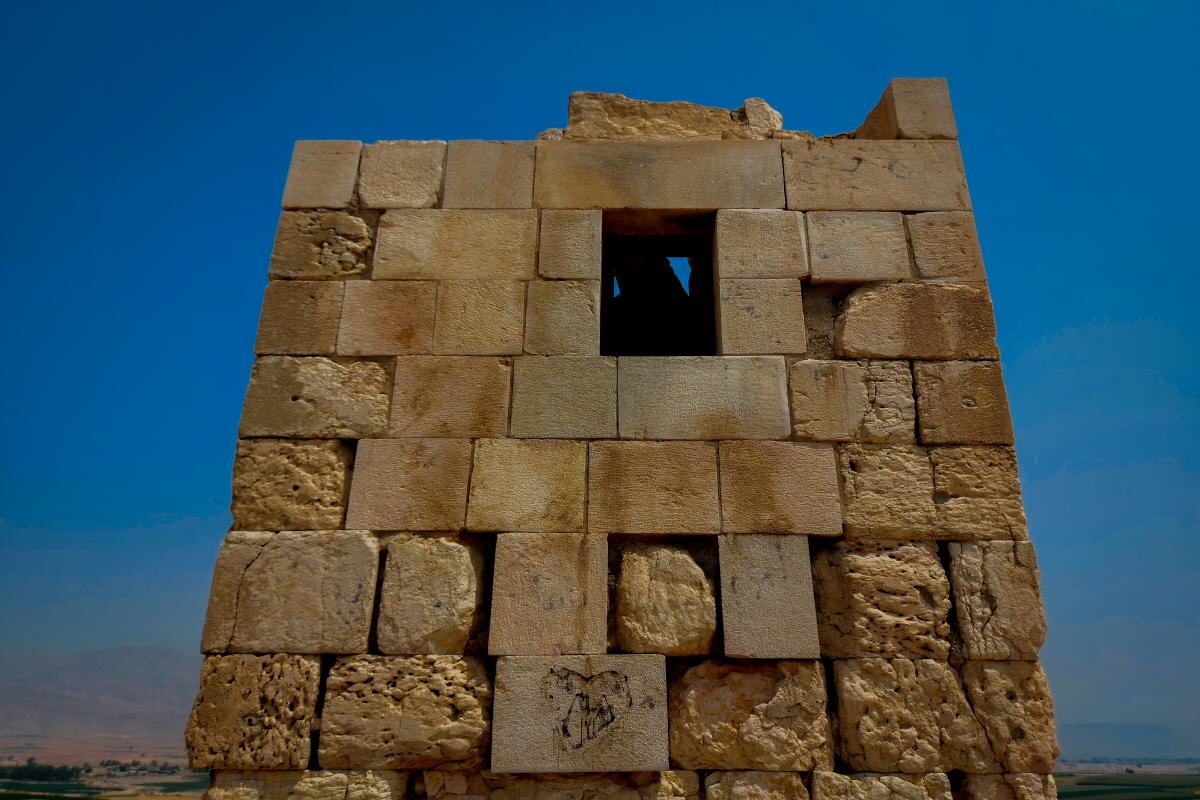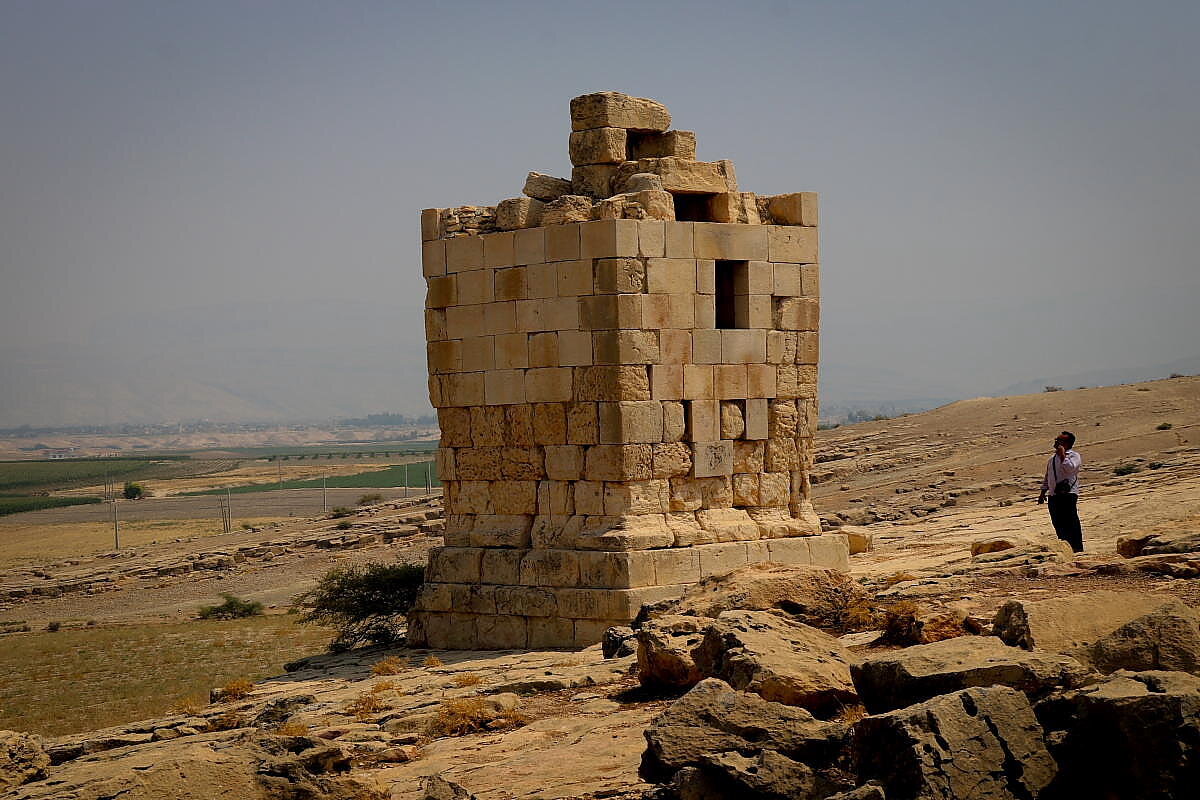Mil-e Ejdeha: off-the-beaten-path temple of Parthian era

TEHRAN - Mil-e Ejdeha, meaning “Dragon Tower”, is the ruin of a fire temple believed to date back to the Parthian period, also known as the Arsacid Empire (247 BC to 224 CE).
Located seven kilometers west of the town of Nourabad, in the northwestern part of Fars province, this historic site rests in a secluded valley alongside the Tang-e Kalaghi Mountain.
The area is surrounded by rugged, lush landscapes, with no nearby villages, making it a peaceful yet adventurous destination for visitors.
The temple’s architecture reflects an influence similar to the Achaemenid constructions found in the region. It features a square stone tower, reminiscent of the Kaaba of Zoroaster or the prison tower at Pasargadae.
According to Visit Iran, the structure stands over seven meters tall, with a base width of about four meters, expanding slightly at the top to 4.3 meters. The stones, crafted with precision and skill, showcase a systematic design using white-streaked blocks in various sizes.

A staircase within the upper part of the tower—accessible from the south side, about three meters high—suggests the use of ladders to climb it. The interior comprises 15 rows of white, cube-shaped stones, with evidence that a sacred fire once burned atop the tower.
Narratives say that during the Parthian and Sasanian eras, towers like Mil-e Ejdeha served multiple purposes beyond religious significance. They were used for guiding caravans, signaling information, and monitoring the surrounding area. The architectural elements seen in the Mil-e Ejdeha later influenced minaret designs in the Islamic period, reflecting the cultural continuity in the region.
For travelers seeking a blend of history, nature, and adventure, Mil-e Ejdeha offers a glimpse into ancient Zoroastrian practices and Persian architectural heritage. Its remote location makes it ideal for explorers who appreciate off-the-beaten-path destinations.
The Parthian Empire, also known as the Arsacid Empire, was a major Iranian political and cultural power in ancient Iran. The Parthians largely adopted the art, architecture, religious beliefs, and royal insignia of their culturally heterogeneous empire, which encompassed Persian, Hellenistic, and regional cultures. At its height, the Parthian Empire stretched from the northern reaches of the Euphrates, in what is now central-eastern Turkey, to eastern Iran. Parthian wealth obtained through lucrative trade networks resulted in substantial patronage of the arts, in particular, relief sculpture, statuary (large and small scale), architectural sculpture, metalwork, jewelry, and ceramics; coins with images of Parthian rulers form another important category of objects.
AM
Leave a Comment